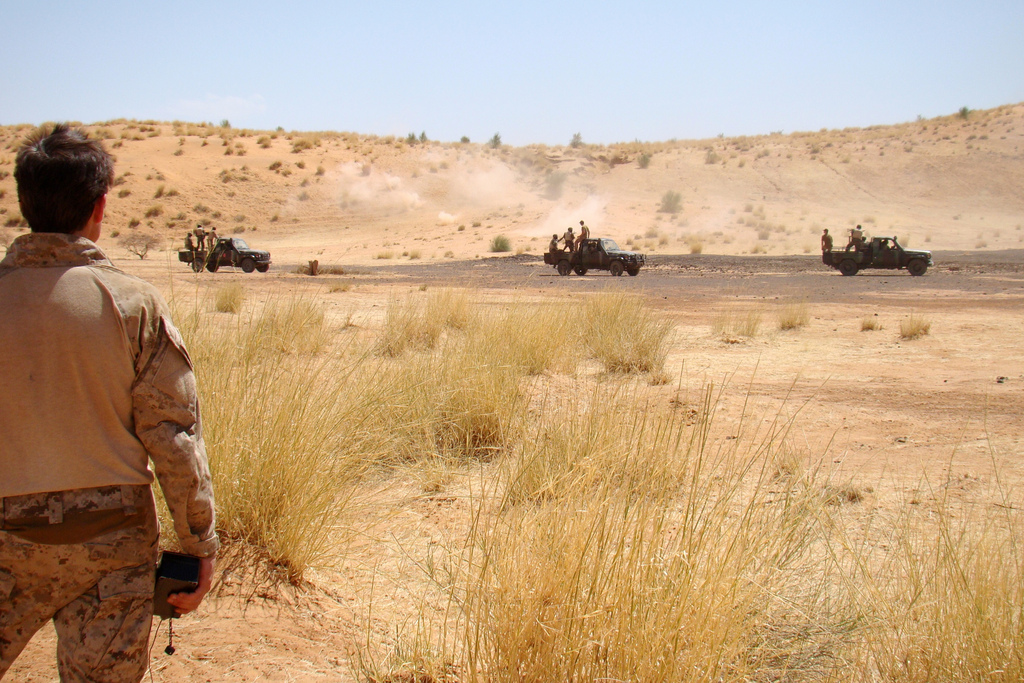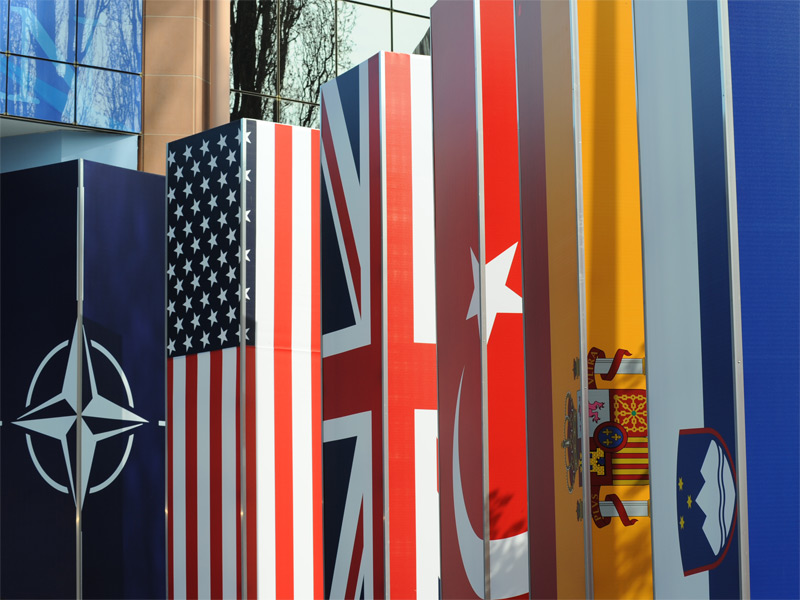By Brian J. Phillips and Mirna El Masri
US Senator Ted Cruz recently called for Yemen’s Houthis to be added to the Foreign Terrorist Organization list—again. The Iran-backed Houthis, also known as Ansar Allah, were designated as terrorists by the Trump administration on January 19, 2021, criminalizing support of the group, but the designation was removed by the Biden administration the following month.
Around the world, national terrorist group lists vary considerably, and change over time.
Last fall, the UK government announced it would add Hamas to its terrorist list. Other countries, such as the United States, have long designated Hamas a terrorist group, while others, like Russia, have not.
Why do some organizations end up on countries’ terrorist group lists? Why are some terrorist lists different than others?
These questions are important because terrorist lists are linked to significant outcomes. Terrorist designation certainly can lead to reductions in terrorism, but it can also have unintended consequences, like disrupting civil war negotiations and discouraging donations to legitimate charities. (See great PVG posts here and here for more details on effects of terrorist lists.)
In an article we recently published in Studies in Conflict and Terrorism, we analyzed six terrorist group lists: those of the European Union, India, Pakistan, Russia, the United Kingdom, and the United States. Some previous analysis has looked at why groups end up on lists, but those studies usually include fewer countries.
Most previous research also only studies the terrorist lists of Western countries, so our inclusion of India, Pakistan, and Russia provides some interesting comparison points.
Studying hundreds of militant groups around the world, we find that two factors seem to be key for indicating if groups will eventually be designated terrorists.
Other Countries Follow the United States
First, groups that have already been listed by the United States are especially likely to subsequently be named on other countries’ terrorist lists. This suggests substantial influence by the United States in counterterrorism policy.
We found some other policy diffusion effects as well. Western governments often seem to follow each other’s designation decisions.
Islamist Groups Are More Likely to Get Listed
Second, Islamist groups are far more likely than groups with other motivations to be proscribed as terrorists. This occurs even after taking into consideration membership in the al Qaeda or so-called Islamic State networks. Groups in these networks are more likely than other groups to be designated, but Islamist motivation has an effect above and beyond the effect for such network membership.
Governments might use Islamist ideology as an indicator of potential extreme violence, given prominent groups like al Qaeda. However, focusing on one ideology could mean militant groups with other ideologies are not taken as seriously as they should be. Furthermore, governments could be overlooking differences among Islamist groups—some are much more violent than others.
Extreme Attacks Aren’t as Important for Explaining Listing
Interestingly, we do not find evidence that extreme types of attacks are associated with terrorist designation. Organizations that attack civilian targets, or even use suicide attacks, are not especially likely to be designated as terrorists—when considering other factors such as those above.
Why are extreme attacks not linked to groups being designated as terrorists? This is probably because many groups that are listed have not (yet) carried out a great deal of attacks. For example, many groups on the US Foreign Terrorist Organization list are affiliates of al Qaeda or ISIS who were designated as soon as they surfaced, or are affiliated with a global network—even if they haven’t yet carried out a long campaign of violence.
Additionally, some groups responsible for bloody carnage have not been listed by at least some governments, probably because they are not seen as a threat to these governments or their interests or allies abroad. India, Russia, and Pakistan, for example, have never designated al-Shabaab or Boko Haram. Another situation is that of the Taliban, which was never designated as terrorist by most countries. Governments thought they would need to negotiate with the group to end the Afghan civil war, and terrorist designation would legally complicate such negotiations.
Next Steps
There’s still a lot to learn. While we examined six lists, there are more than 20 other countries with terrorist lists, from China to Nigeria. Some research analyzes these lists, including comparing some of them, but most work has examined individual lists in isolation. Furthermore, many of these terrorist organization lists remain relatively un-studied, in terms of their effects or how they are compiled. Sometimes this is because governments do not publicize details about their lists, which is challenging for researchers.
Hopefully we can continue to understand these critical policy instruments for a better understanding of counterterrorism globally.
Brian J. Phillips is a reader in the Department of Government at the University of Essex and a permanent contributor at Political Violence At A Glance. Mirna El Masri is a research fellow at the German Institute for Global and Area Studies.







